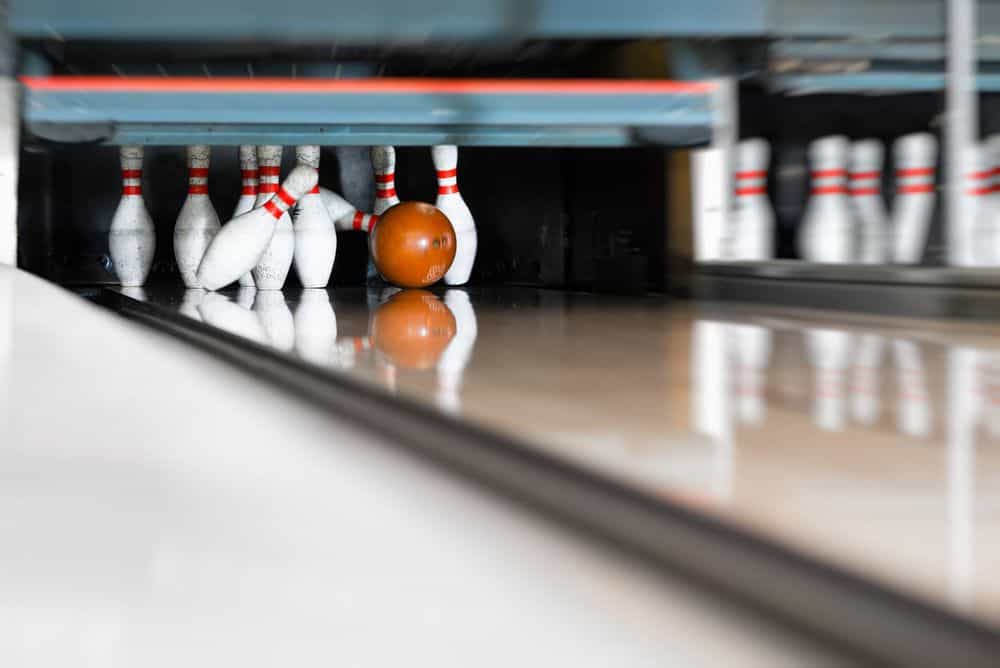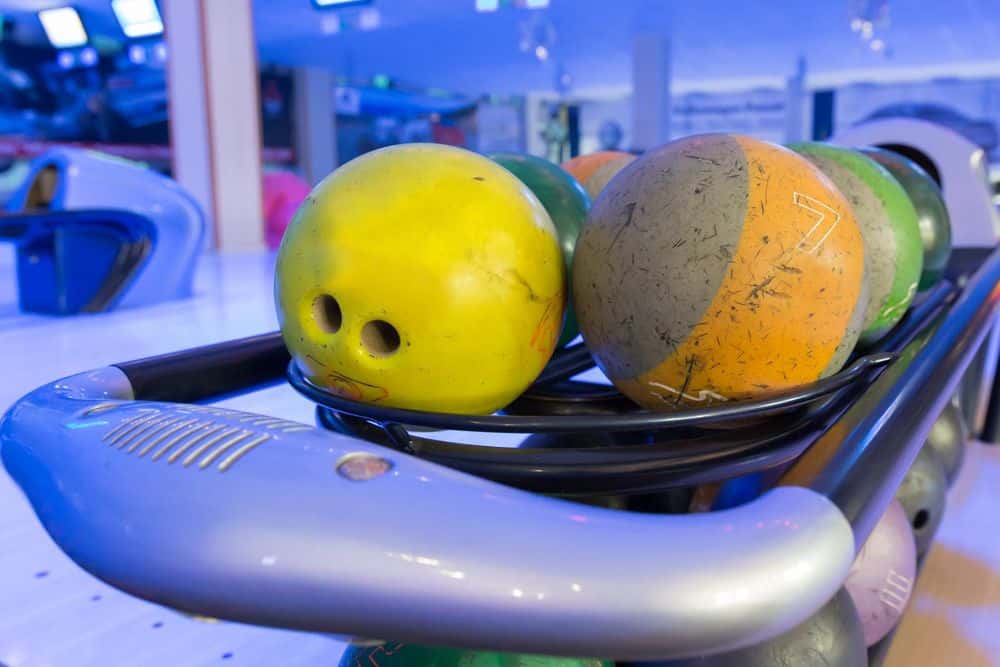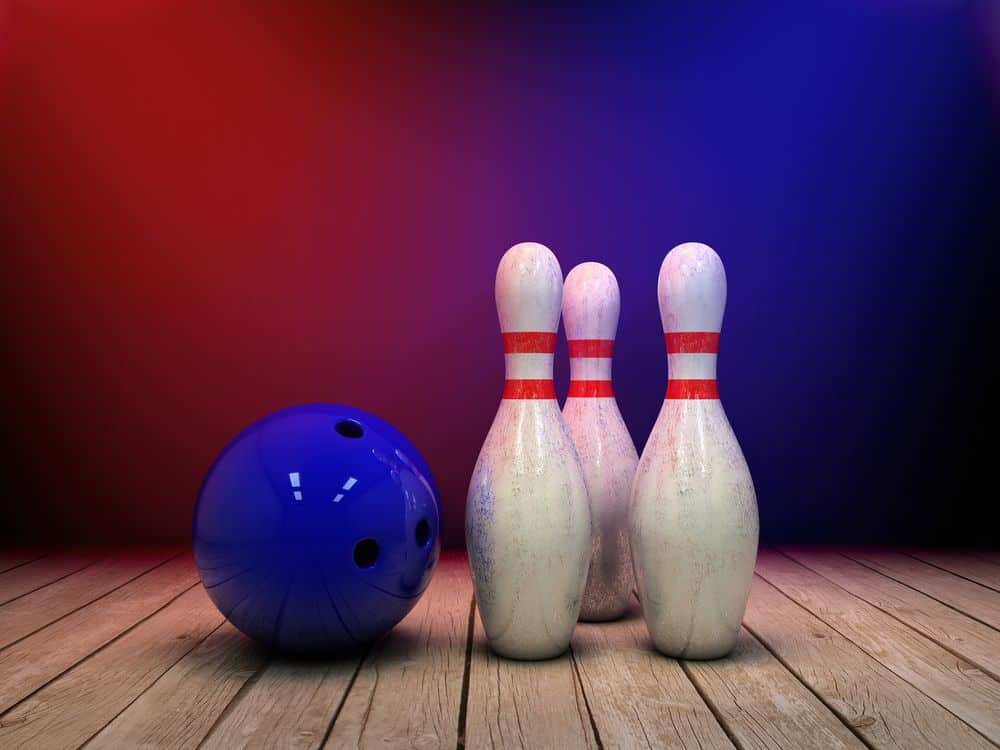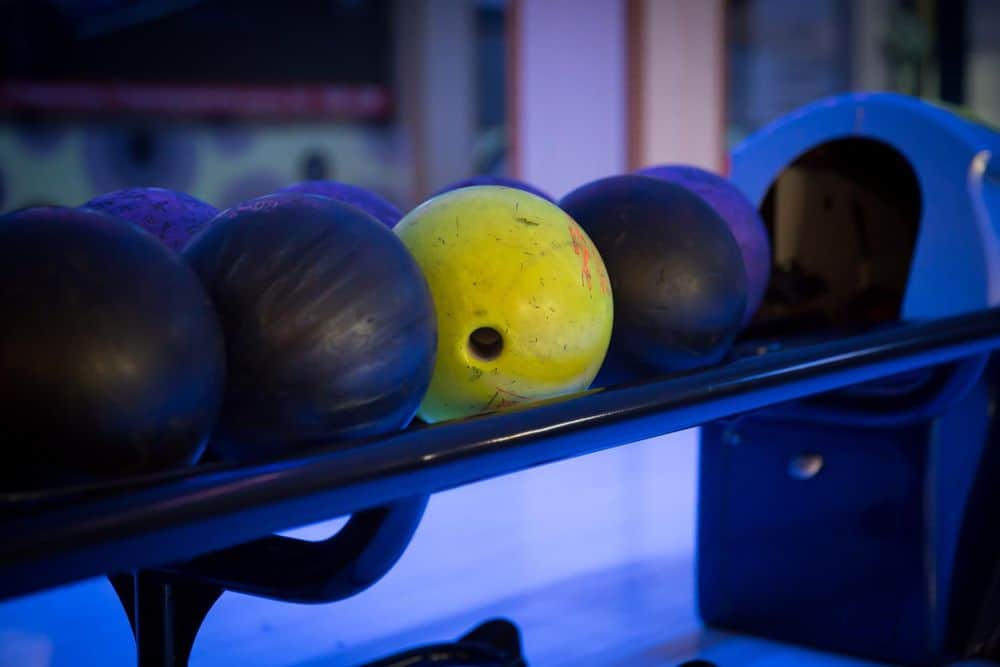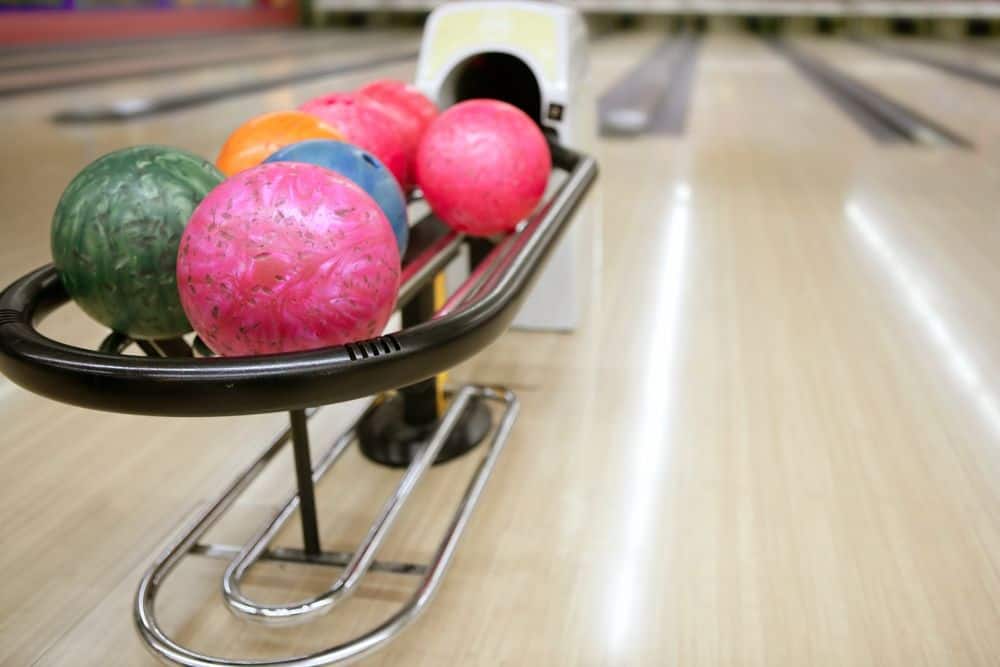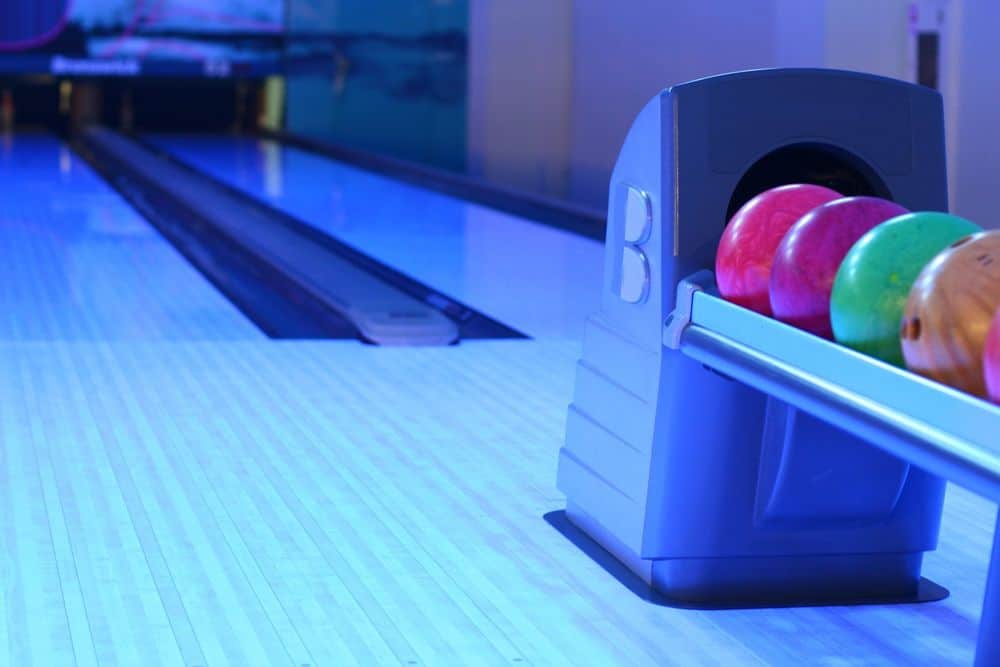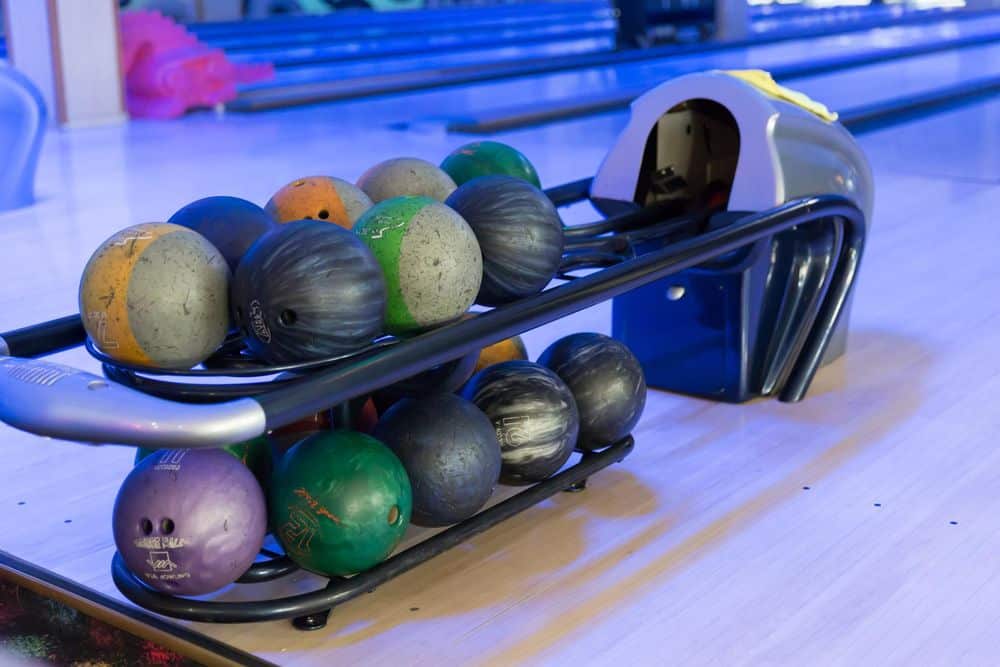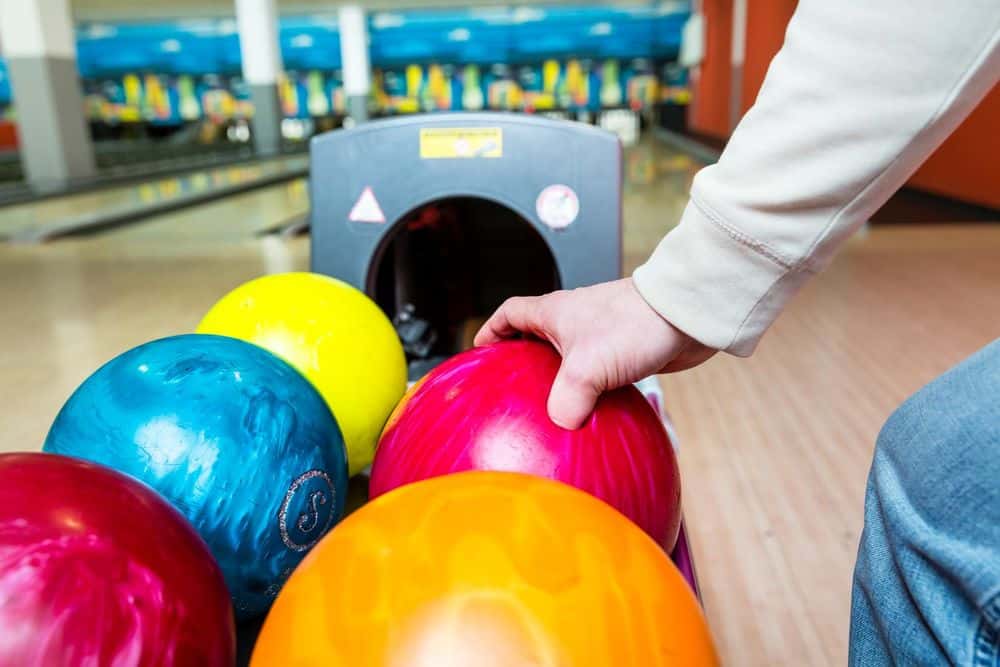Bowling is a sport enjoyed by people of all ages and abilities. For many, it’s an activity that can be shared with friends and family – creating memories that last a lifetime. But for those living with disabilities, bowling may seem inaccessible or difficult to enjoy.
Fortunately, there are several resources available to make the game more accessible for everyone – regardless of their physical ability! In this article we will explore the various equipment and modifications available to help make bowling an enjoyable experience for everyone.
From ramps used in place of steps up to the lane, special bowling balls specifically designed for individuals with limited dexterity, adaptive scoring systems, and even modified pinsetters – these innovations have revolutionized how accessible bowling is today.
And they’re only the beginning! There are also numerous organizations dedicated to providing support to disabled bowlers around the world. We’ll take a look at some of them too!
So if you’ve ever wondered what kind of assistance exists out there to make bowling more inclusive – then this article is definitely worth a read!
Our goal here is simple: To provide insight into all the wonderful opportunities awaiting our bowler friends living with disabilities so they can share in this classic pastime just like anyone else would!
Types Of Disabilities And Their Impact On Bowling
From cerebral palsy to visual impairment, people with various disabilities still have the opportunity to enjoy bowling.
With a little creativity and some helpful resources and equipment, everyone can get in on the fun! Let’s explore how different types of disabilities affect one’s bowling experience – while shedding light on why this beloved pastime is so accessible for all.
For starters, individuals who are visually impaired may find it challenging to keep track of the ball when rolling down the lane; however, special ramps that guide the bowler from start to finish make sure they stay on course.
Additionally, tactile markings placed around the edges of the alley allow these bowlers to identify their starting position without having difficulty locating it. On top of that, an auditory assistant like a coach or friend provides verbal cues about where to place their feet before releasing the ball.
All together, these tools provide aspiring players with an inclusive environment where they can thrive as bowlers.
Now let us take a look at cerebral palsy: what makes it difficult for those affected by CP is that they often lack control over certain aspects such as gripping strength or balance; making it harder for them to release their bowling balls precisely.
However, adaptive devices such as supportive chairs or specially designed gloves enable them to maintain sufficient stability throughout their swing – allowing them to remain competitive against other players regardless of any physical limitations.
Furthermore, many bowling alleys now offer custom-made lanes tailored specifically toward accommodating disabled athletes – ensuring no one faces unfair disadvantage in terms of accessibility options during game-time situations.
Ultimately, thanks to modern innovations and medical advances we no longer have to worry about whether our loved ones with disabilities will be able participate in activities enjoyed by others – since bowling has become increasingly more available and enjoyable for everyone involved!
Equipment For People With Disabilities
Rolling out a perfect game of bowling can be difficult for anyone, but for those with disabilities it can seem like an impossible feat.
With the right tools and resources, however, people living with handicaps can also get in on the fun! At its heart, equipment for individuals with disabilities is all about accessibility; allowing everyone to enjoy this timeless pastime.
Engaging in activities is often what helps keep us connected during life’s toughest moments – so let’s take a look at some of the specialized items available to make bowling easier.
From lightweight balls designed specifically for wheelchairs to ramps that provide extra support when throwing, these products are aimed at creating a level playing field for players of any ability.
Adaptive aids such as these help empower individuals who may otherwise feel excluded from participating in sports or recreational activities.
By providing tools that cater to more unique needs, everyone has the chance to join in on the action and share in the joys of competition – no matter how they roll!
Adaptive Bowling Balls
Adaptive bowling balls are crucial to the sport of bowling for people with disabilities. Just like an astronaut’s space suit, these specialized balls provide support and protection so that everyone can join in on the fun.
For instance, one disabled bowler was able to play without discomfort thanks to a custom-made adaptive ball from Hammer Bowling. After a few games, he felt confident enough to form his own team!
Adaptive bowling balls come in all shapes and sizes to accommodate different needs. Those who have difficulty gripping regular size bowling balls can find ones that fit their hands better; meanwhile those with restricted arm movements will benefit from lighter weights.
There are also options available for bowlers who require assistance releasing the ball down the lane – such as built-in release mechanisms or even robotic arms. No matter what kind of disability you might have, there is sure to be an adaptive bowling ball that works best for you.
The technology behind adaptive bowling balls has advanced significantly over time, making them more effective than ever before. As well as being comfortable and easy to use, they now feature improved grip materials which allow bowlers to get better results with each roll.
In addition, many brands offer customizable features such as interchangeable weight systems and special paint jobs – giving players greater control over their game experience. With this level of accessibility, anyone can become part of the exciting world of ten pin bowling!
Ramps And Rails
Ramps and rails are essential for people with disabilities who want to enjoy a game of bowling. They provide stability, support and accessibility so that everyone can join in the fun.
The ramps come in different sizes and shapes, allowing them to be used by bowlers of all ages, heights and abilities. Rails also help make it easier for those with physical limitations to stay balanced while they throw their ball down the lane.
Using ramps and rails makes adaptive bowling more accessible and safe for people with disabilities. With these tools, individuals have increased control over the trajectory of the ball while still being able to keep their balance.
This makes playing much less intimidating as well as providing an opportunity for socialization among other players. To maximize safety, some facilities even offer non-slip surfaces on the lanes so that wheelchairs don’t slide or roll out of place when someone is throwing a strike!
By creating a secure environment through equipment such as ramps and rails, adaptive bowling provides an inclusive experience that allows everyone—no matter what their ability level—to take part in this beloved sport.
Bowling centers across the country are committed to making sure there’s something for every bowler, including those living with disabilities—and ramps and rails play a critical role in ensuring just that.
Other Equipment
As the sun sets, casting a warm yellow glow over the bowling alley, excitement builds. It’s time to get ready for some competitive bowling – with special equipment designed specifically for people with disabilities.
Beyond ramps and rails, there is a world of other adaptive tools available to make this game accessible and fun for everyone.
From ball launchers that can help those with limited mobility throw strikes more easily to lightweight balls made from foam rubber or plastic resin, these pieces of equipment open up the sport to all players regardless of their abilities.
With guidance from certified coaches trained in disability-friendly coaching techniques, it’s easier than ever before for disabled bowlers to hit spares and even pick up difficult split shots!
Allowing them to find success on the lanes while feeling safe, secure and included in the activity – giving them an opportunity to share in the joy of competition.
Adaptive Bowling Techniques
Imagine if you could get a perfect strike with every throw of the ball. That’s what adaptive bowling techniques can offer to people with disabilities. It creates an experience that is not only accessible, but also one that allows for maximum power and accuracy for each bowl.
Adaptive bowling techniques are designed to give individuals with physical limitations the opportunity to enjoy the game of bowling.
For instance, by using different types of supports such as ramp access or specially modified balls and pins, those who may be unable to stand at the lane can still participate in this beloved sport.
Additionally, hand-control devices allow even more freedom and control when throwing the ball down the alley.
These specialized tools provide disabled players with greater independence while they play – allowing them to compete on a level playing field without having to make any sacrifices in terms of their own comfort or safety.
With these modifications, anyone can take part in an enjoyable activity that brings friends and family together regardless of ability or disability.
Resources For Finding And Purchasing Adaptive Equipment
Shopping for adaptive equipment can be a daunting and overwhelming task. Thankfully, there are numerous resources available to help make the process easier.
From online stores with specialized merchandise to local organizations that provide assistance, these resources offer invaluable support when it comes to finding and purchasing adaptive bowling equipment.
At its heart, adaptive bowling is all about inclusion and providing opportunities for people of all abilities to join in the fun. And while researching options can seem like an arduous undertaking, having access to the right resources makes this journey much simpler.
Fortunately, there’s an abundance of helpful information out there — from retailers offering accessibility-friendly gear to non-profits dedicated solely to helping those with disabilities participate in recreational activities.
From navigating websites specifically designed for disabled sports enthusiasts to scouring local charity shops for discounted items, anyone looking for adaptive bowling equipment has plenty of places to turn for advice and guidance on how best to equip themselves or their loved ones for success on the lanes.
With so many outlets available at our fingertips, discovering high-quality products doesn’t have to be a challenge anymore!
Tips For Finding A Local Bowling Alley With Accessible Facilities
Here are a few hints to assist you locate a nearby bowling alley with handy facilities:
- Look for facts on the facility’s internet site or name in advance to inquire about accessibility features. This may additionally encompass data about the handy route, passing spaces, headroom, doorways, and areas of rescue assistance.
- Consider the usage of assets such as the Access Board’s information to sports activities services (https://www.access-board.gov/aba/guides/chapter-10-sports-facilities/), which gives records on the minimal necessities for reachable facilities.
- Check if the facility lets in for the use of stick helpers for persons who use wheelchairs (https://www.passionatepeople.invacare.eu.com/wheelchair-bowling-basics-find-rules/).
- Consult the Whole Building Design Guide for records on bowling core sketch (https://www.wbdg.org/FFC/AF/AFDG/ARCHIVES/bowlingcenter.pdf). This may additionally furnish extra statistics on accessibility aspects in modern-day facilities.
By the usage of these recommendations and resources, you have to be capable to discover a nearby bowling alley with on hand services that meets your needs.
Conclusion
In conclusion, bowling for people with disabilities is an accessible and enjoyable pastime. With the right equipment and techniques, anyone can have a great time at their local alley. It’s important to remember that everyone has different needs when it comes to disability-related accommodations.
For those who need extra help in finding adaptive equipment or locating nearby bowling alleys, there are plenty of resources available online.
Whether you’re looking to buy a new ball or find a local facility with specialized ramps and rails, these resources will be invaluable in helping you get set up for success. Plus, they may just offer some friendly advice along the way!
So don’t let your disability keep you from having fun on the lanes – grab your friends and family and hit up a nearby alley this weekend. After all, as we say around here: “Gutter balls are no match for determination!”

